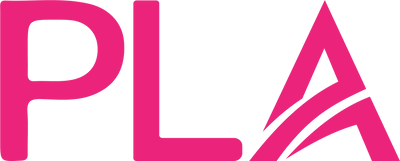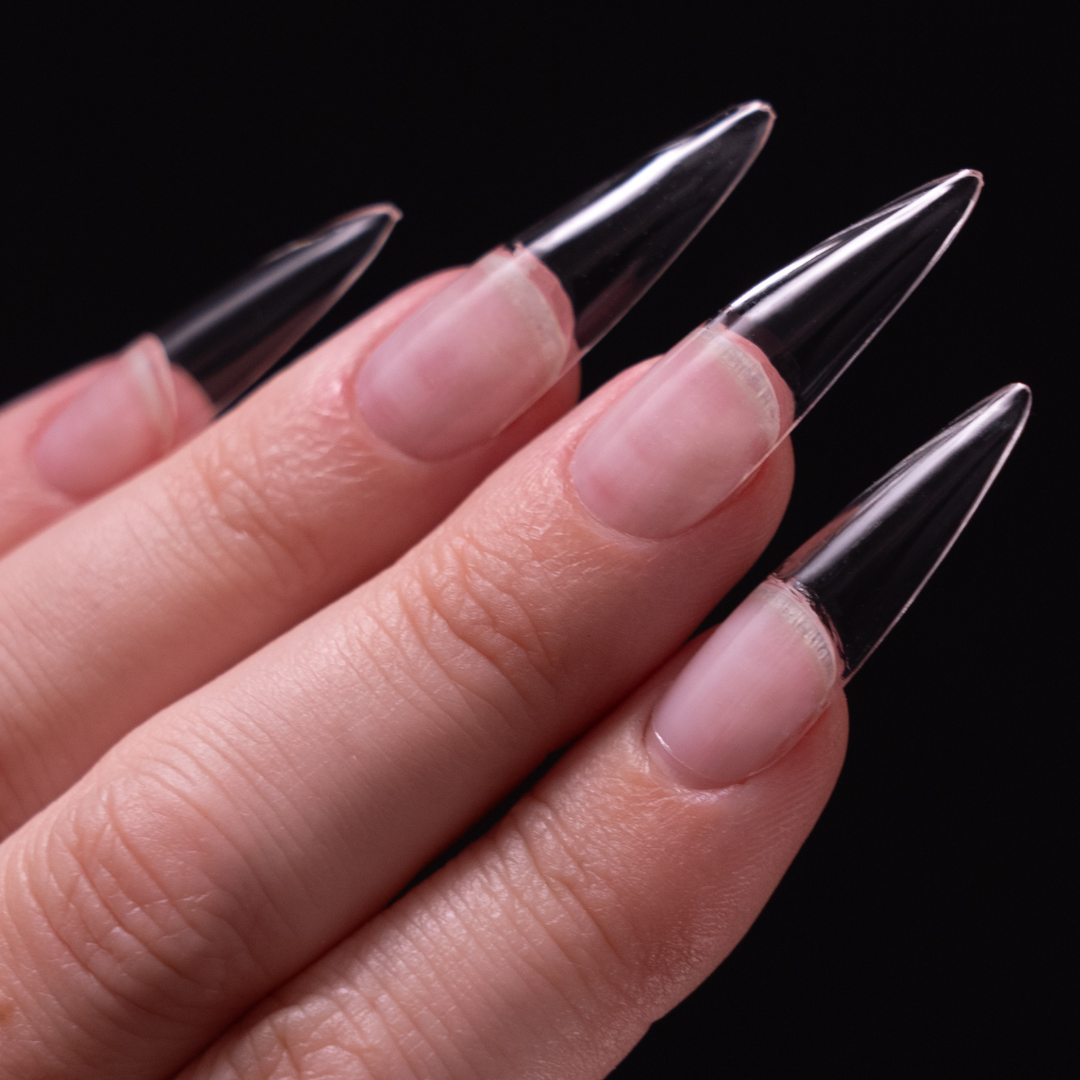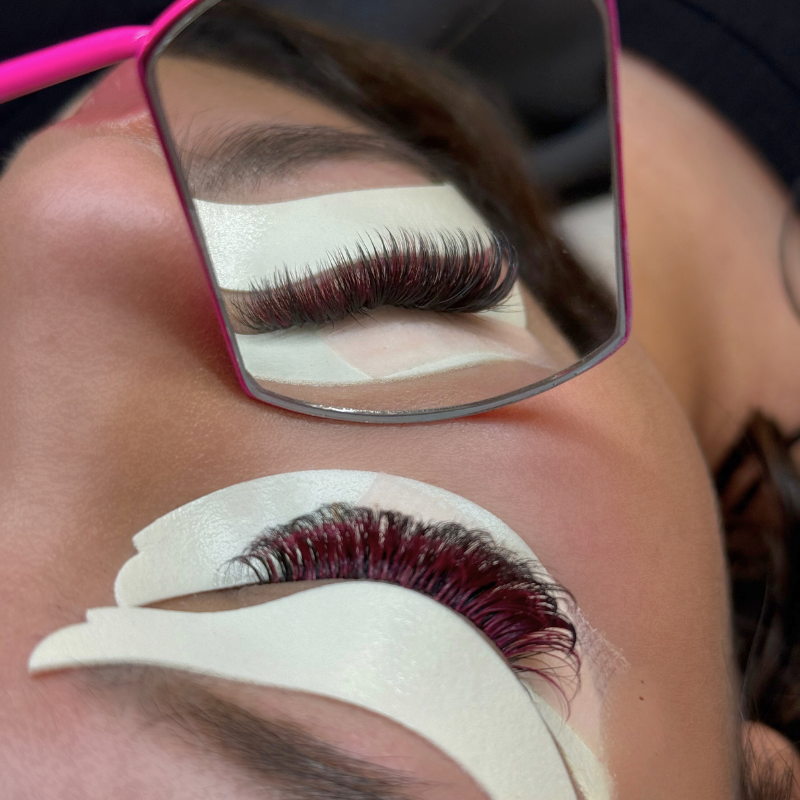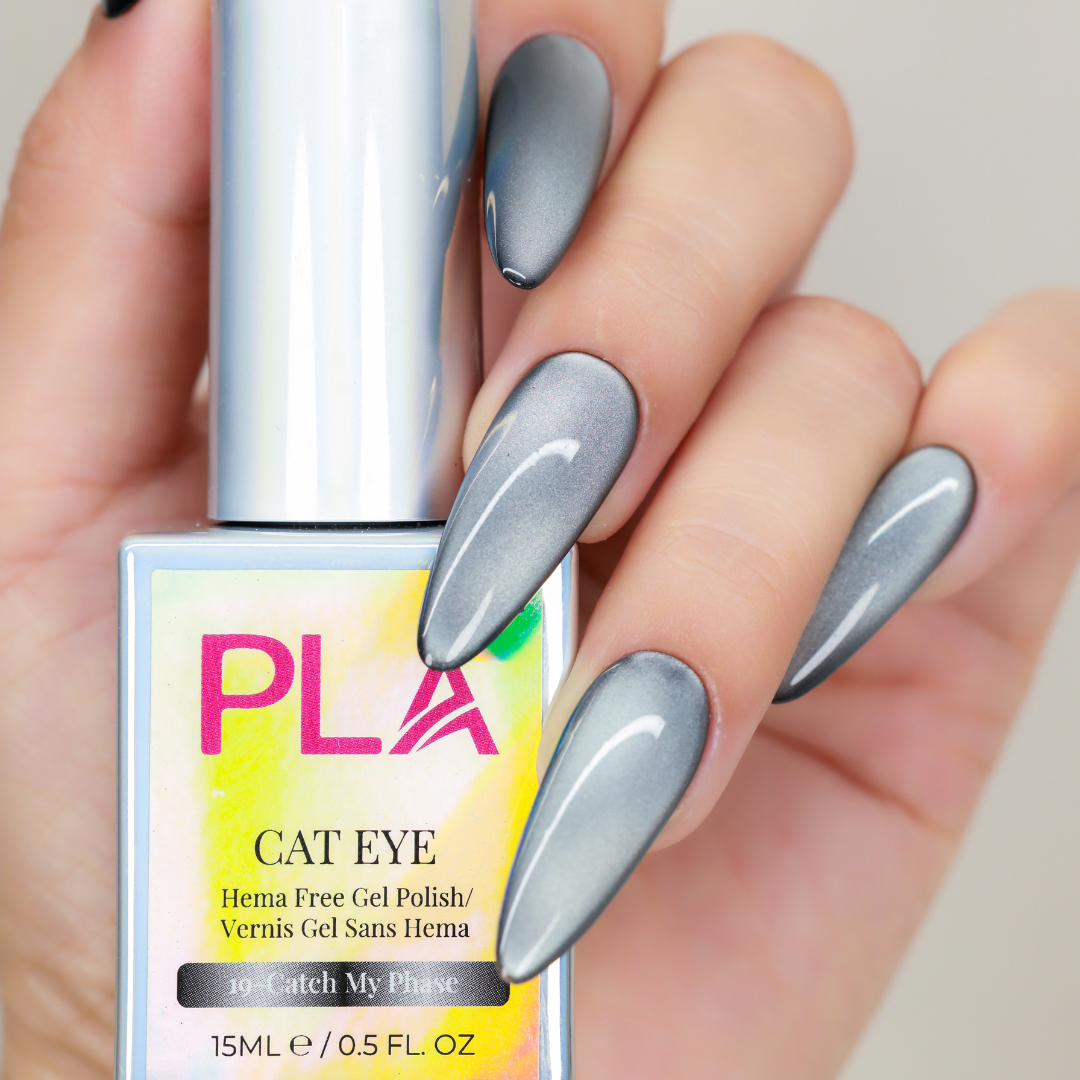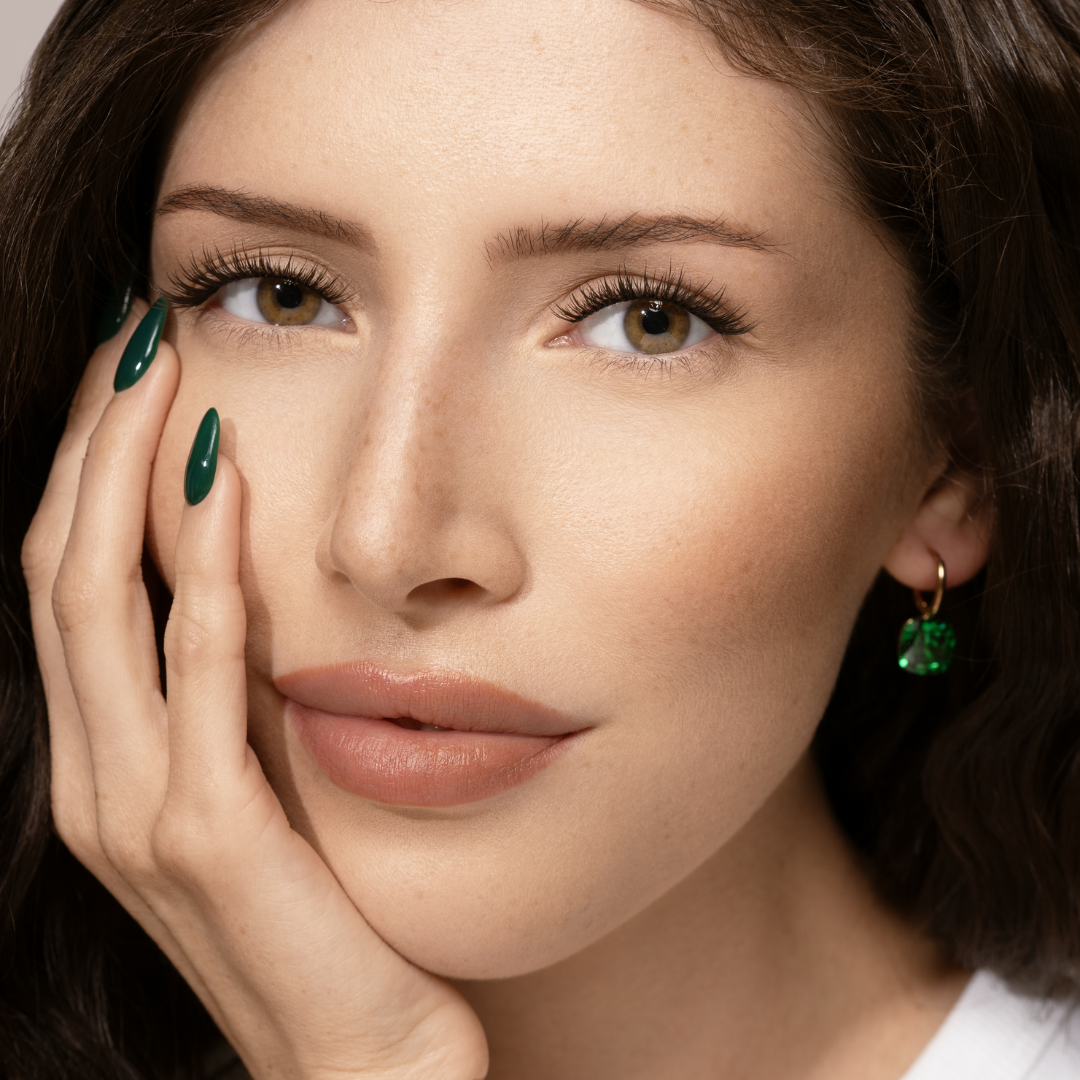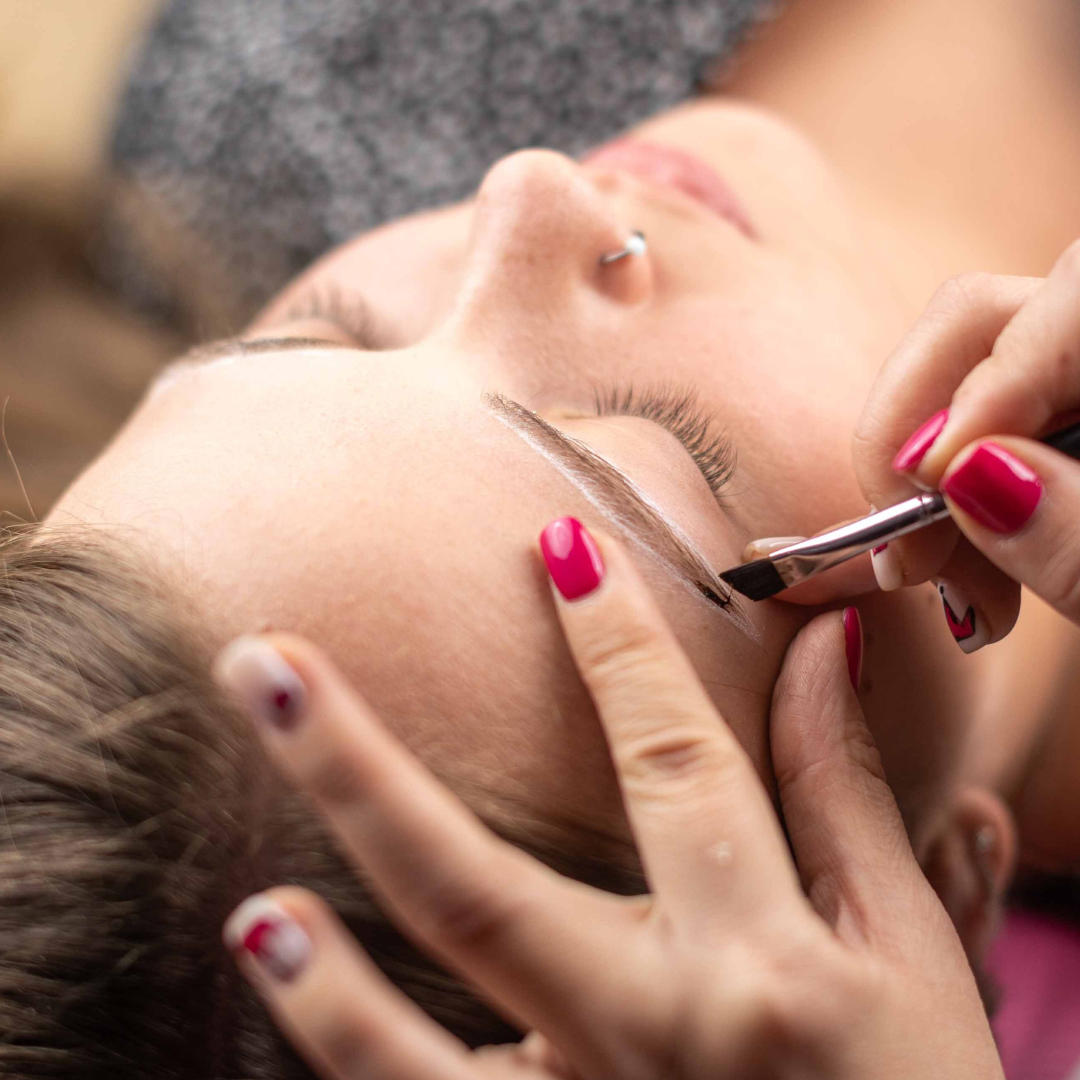PLA Lash Adhesive Purity
Who says lash artists can't be scientists? It's important to understand how all of your various tools work, including lash adhesive — and we want to help you do that!
We took the initiative to have our very own PLA adhesives tested to determine the exact amount of cyanoacrylate present in each. We also wanted to see the ratio of other ingredients as well!
Let’s get into why the cyanoacrylate amount in a lash glue matters, how we tested our adhesives, and what the results mean for lash artists!
What Is Cyanoacrylate?
Cyanoacrylate is what makes adhesive sticky. It is an acrylic monomer that hardens when exposed to moisture in the air and composes about 80-90% of lash adhesive.
Since cyanoacrylate is the main ingredient in adhesive, the amount really makes a difference. We always want to make sure we are providing the highest quality products, and lash extension adhesive is definitely included in that. The more filtered a material is, the higher the purity!
That’s why we tested each of our adhesives to figure out exactly how much cyanoacrylate is in each and what other ingredients are mixed in.
How Did We Test Our Adhesives?
We sent our lash extensions glue to be tested by gas chromatography, which essentially breaks down the mixture into its individual components. Then we can see how much of each ingredient is present!
Before getting into the actual findings of this testing, here’s a quick rundown of how to interpret the results!
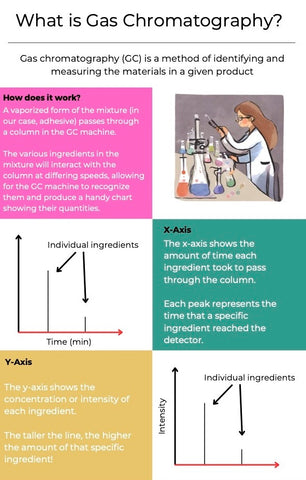
Our Results
The following are 6 graphs showing the amount of each ingredient in our adhesives, which were mixed with solvents prior to injection into the GC machine. Cyanoacrylate is labeled as “Ethyl CA”, and it is the only kind of cyanoacrylate used in PLA adhesives. As you’ll see, every PLA cyanoacrylate glue has a purity rate over 90% (the “gold standard” of purity is 95%-97%)!
Cyanoacrylate will be the highest peak in each chart. The other tall peak next to the Ethyl CA measurement is alcohol, which was the solvent mixed into the adhesive.
Some adhesives have “other” listed, which can represent a couple different things. Butylated hydroxyanisole or hydroquinone, both of which are free radical inhibitors, keep the adhesive stable. It can also be carbon black, which gives adhesive a black color. Lastly, it could represent a polymer thickener to achieve a certain viscosity.
The “unknown” category can represent a wide range of materials that are barely detectable. For example, it can represent the impurity of a solvent used in the production process. Since it is present in such a small amount, it is not required to measure it or list it in the components.
Flex

Pearl

Halo

Onyx

Matrix

Fusion

So what does this mean for lash artists? We wanted to be sure that anyone who purchases our products knows exactly what they are using and putting on their clients’ eyes. Not everyone tests their adhesives independently to verify the purity, so we hope this helps you feel more comfortable and confident about our products.
The high percentage of cyanoacrylate in each adhesive ensures that they will cure at the advertised rate, so you’ll know which works best for you.
Our wide range of cyanoacrylate adhesive contains a perfect fit for every lash artist, no matter where they are in their lashing journey. Check them out here to find your match!
